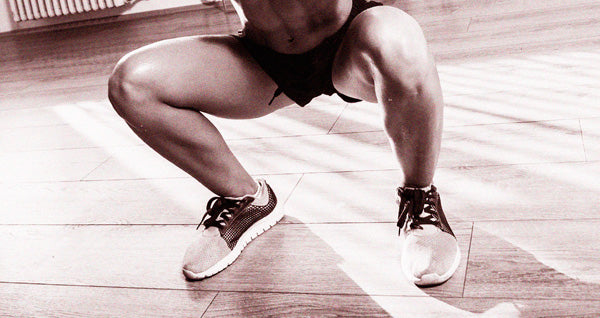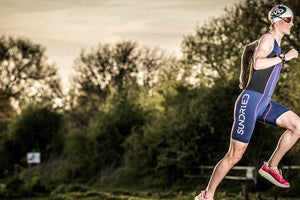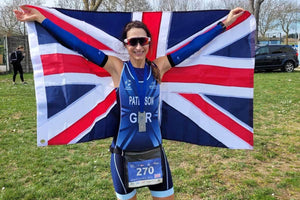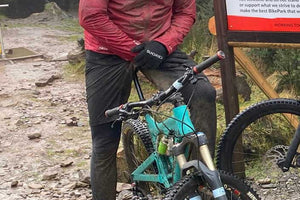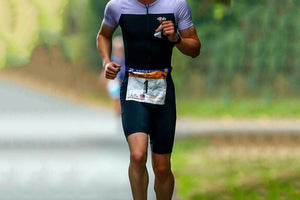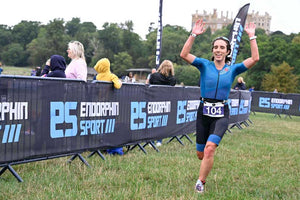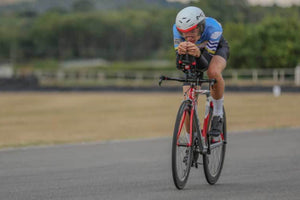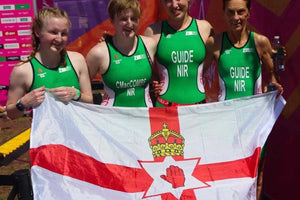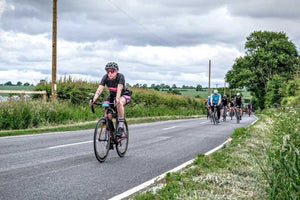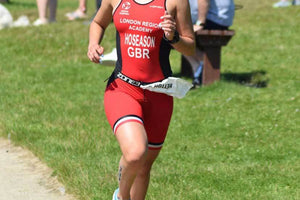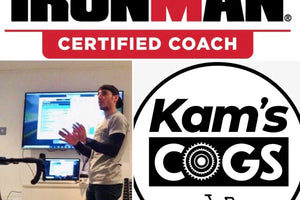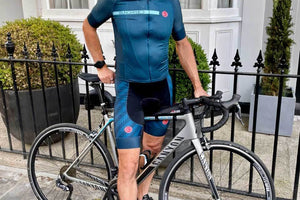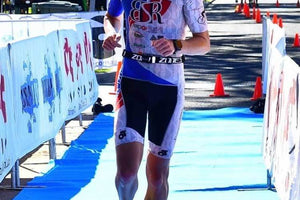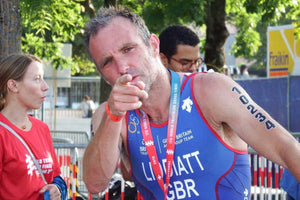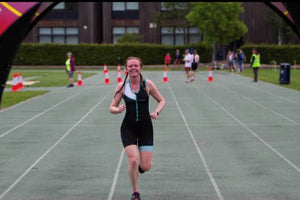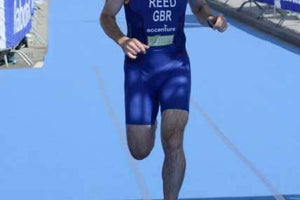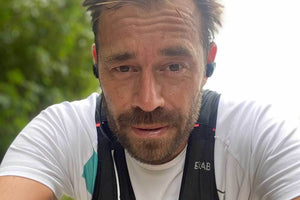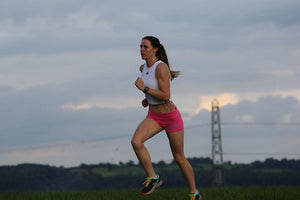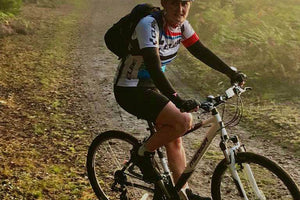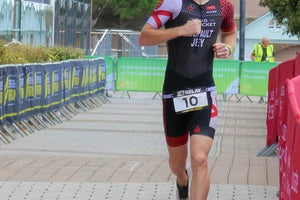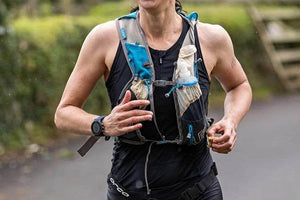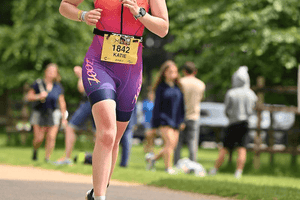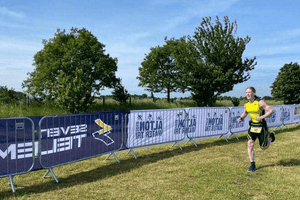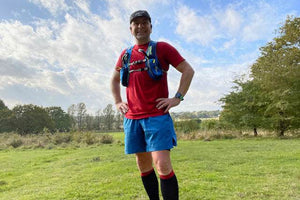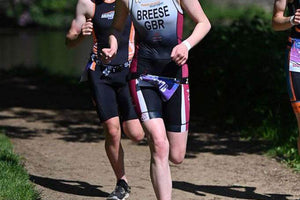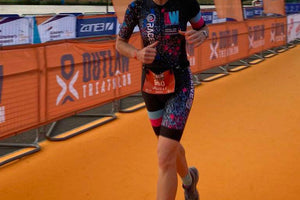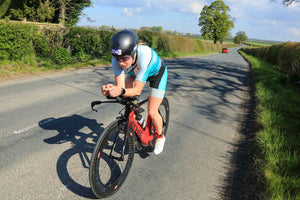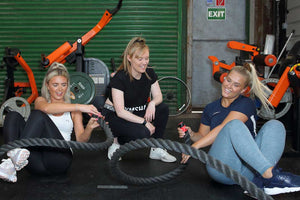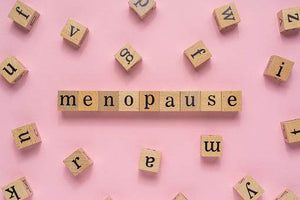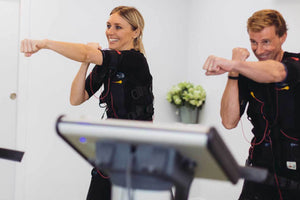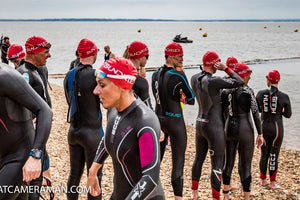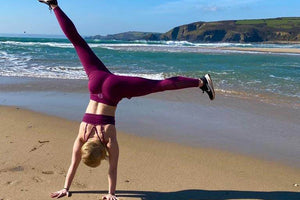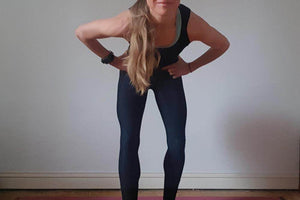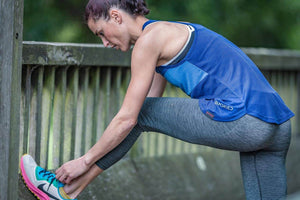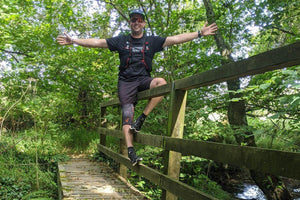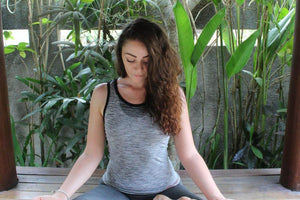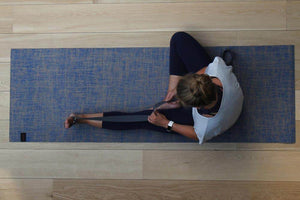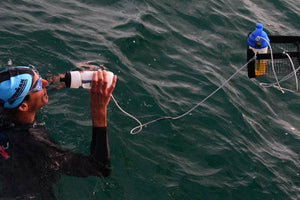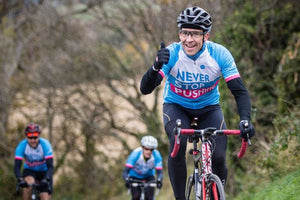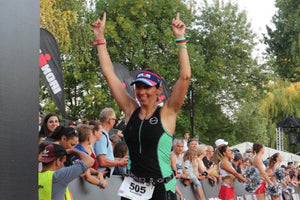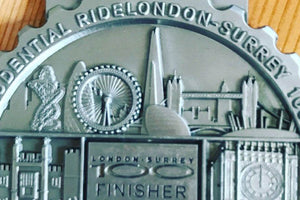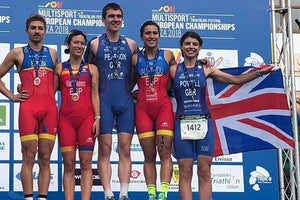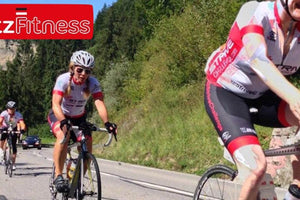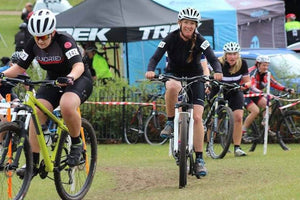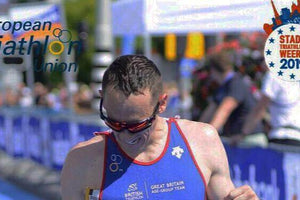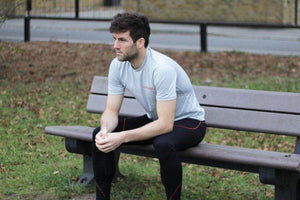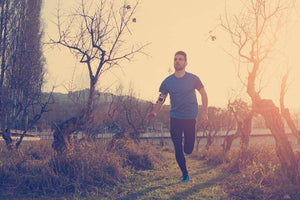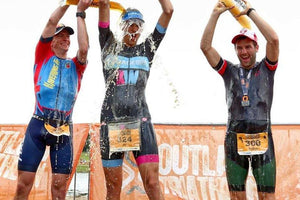
DOMS stands for ‘Delayed Onset Muscle Soreness’ and describes the soreness you feel after a workout. If you'd like to learn more about DOMS before reading this article on reducing it, have a read of our article all about DOMS.
Your leg muscles are the largest muscle group in the body and leg DOMS can mean you feel like you can't even walk the next day! So what steps can you take to reduce the after effects of a tough leg session?
How Do I Relieve Sore Muscles?
Post workout cardio
Research by California State University studied the effect of moderate intensity cardio on DOMS after training legs. Participants completed the same leg workout, after which one group followed it with 20 minutes of cycling on a stationary bike at a moderate intensity and one did not. The subjects who performed moderate intensity cardio immediately after their leg workout saw their leg strength return to normal a full day faster than those who did nothing. Researchers believe this is due to the fact that the moderate intensity cycling increased the blood flow to the affected areas, which not only delivered nutrients to damaged muscle tissue but also aided the removal of the waste by-products of exercise (such as lactic acid), helping to speed up healing. So after your next leg worth out it could be worth doing a slow walk on the treadmill or easy cycle on the stationary bike.
Get plenty of sleep
The majority of your recover occurs when you are asleep so getting as much sleep as possible after a tough workout is vital for proper recovery. Human Growth Hormone, often referred to as HGH, is the hormone which enables repair of damaged tissues. HGH releases its highest doses during deep sleep and, therefore, it is essential to get a good night's sleep to help speed up DOMS recovery.
Foam Roll
Foam rolling is a key way to perform self-myofascial release which helps to relieve sore muscles. For more information on foam rolling, read our article



